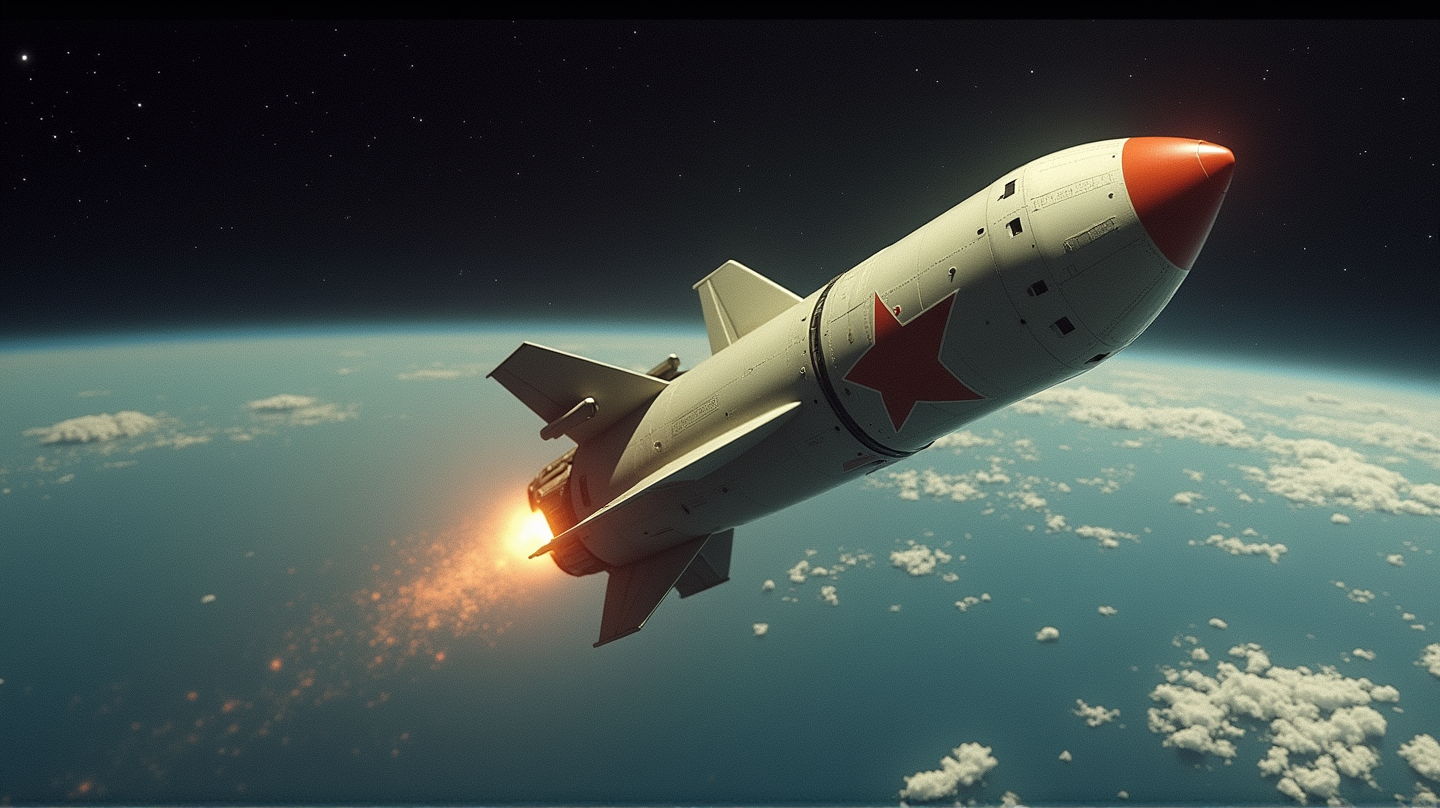Kosmos 482's Final Destination: Plunging into the Indian Ocean After 53 Years
Kosmos 482, a Soviet probe launched in 1972, has reentered Earth, splashing into the Indian Ocean after being adrift in space for over half a century.

In the stillness of a tranquil Saturday morning, the vast expanse of the Indian Ocean witnessed the return of Kosmos 482, a relic from the Soviet era. After being adrift in space for 53 years, this failed spacecraft finally made its dramatic descent back to Earth. The reentry may not have made a visible splash in the vast ocean, but it certainly did in the annals of space history.
A Mission That Never Reached Its Target
Launched as part of the Venera program during the twilight of the Space Race in 1972, Kosmos 482 was intended to be a pathfinder to Venus. However, a malfunction in its rocket booster left the spacecraft trapped in Earth’s grip rather than sailing toward its celestial target. Its twin, Venera 8, successfully landed on Venus, marking a poignant juxtaposition in cosmic fortunes.
Unresolved Mysteries of the Deep
As Kosmos 482 met its watery end, questions lingered about the fate of its lander. Built to endure the infernal conditions of Venus, the lander, if salvaged, might tell stories of its decades-long cosmic journey. The Russian space agency verified the spacecraft’s fall, yet clarity on its survival post-descent remains elusive. According to Interesting Engineering, its end indeed draws a celestial chapter to a close.
The Ever-growing Cosmic Junkyard
Kosmos 482’s fall from orbit also highlights an escalating concern—space debris. Since the dawn of the space age, our orbital neighborhood has become cluttered, housing thousands of inactive satellites and debris. The burgeoning problem of space litter is not just a statistical concern but an urgent animated narrative.
Russia, Property, and Protocols
Underlining another facet of this extraordinary event, the treaty rules state that any surviving debris from Kosmos 482 belongs to Russia. However, the vast, unpredictable expanse of the ocean may safeguard these remnants in their watery sepulcher indefinitely. Space debris may habitually find its way back to Earth, spiraling from its celestial perch into the embrace of the planet, but the stories they whisper remain anchors in space history.
Navigating the Heavens: Future Implications
The space above is growing busier by the day, with SpaceX’s Starlink alone responsible for a significant satellite presence. The dangers posed by space debris are burgeoning, demanding innovation—not just in satellites but in strategies to manage this orbital byproduct. The story of Kosmos 482 is but one in the ever-expanding cosmic library that beckons humanity to gaze upward with both admiration and caution.
With each reentry, the heavens remind us of the enduring dance between Earth’s gravity and the celestial spirits that dare to oppose it. The sky is not only a realm of wonder but a domain demanding our collective stewardship.

